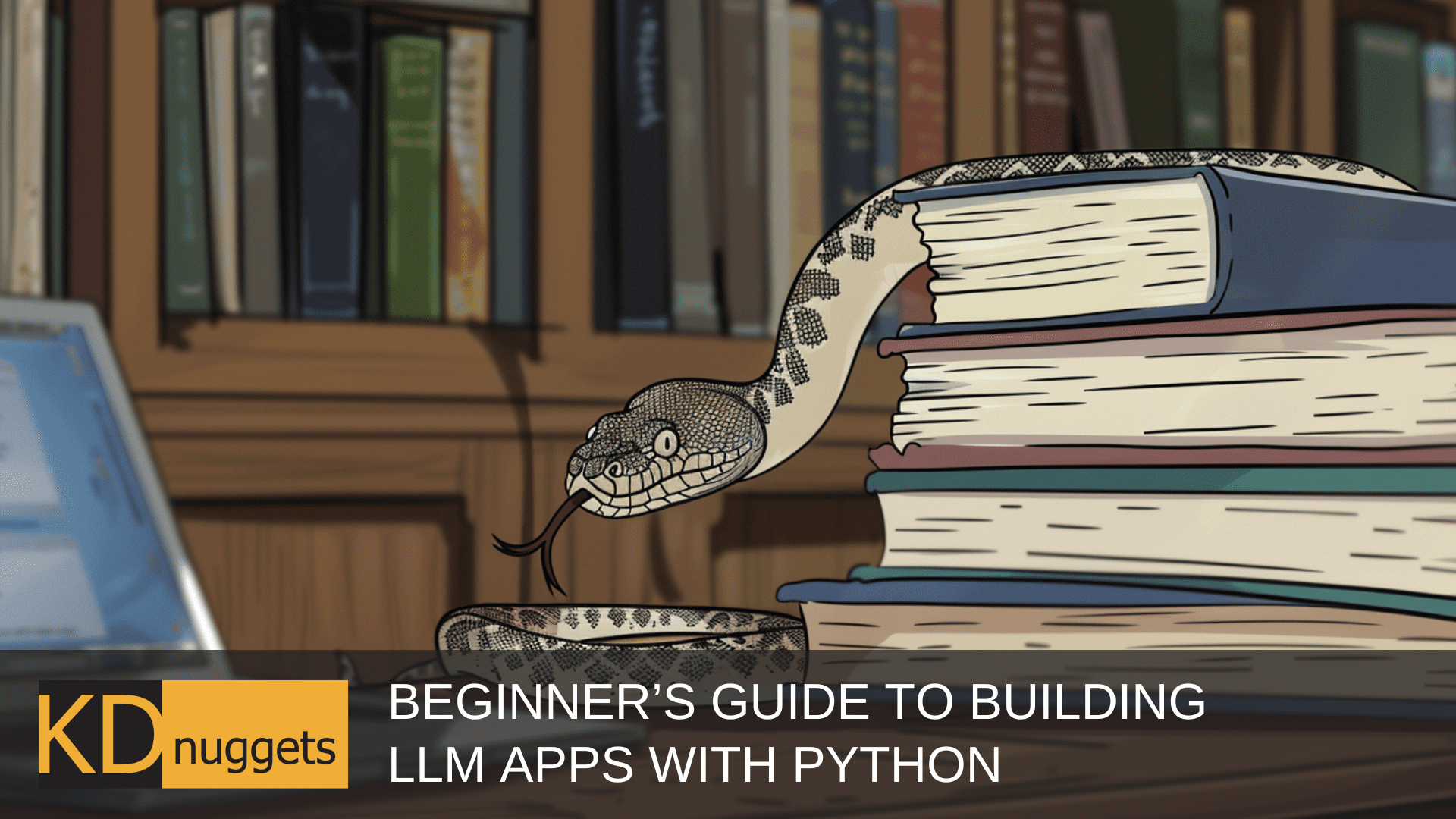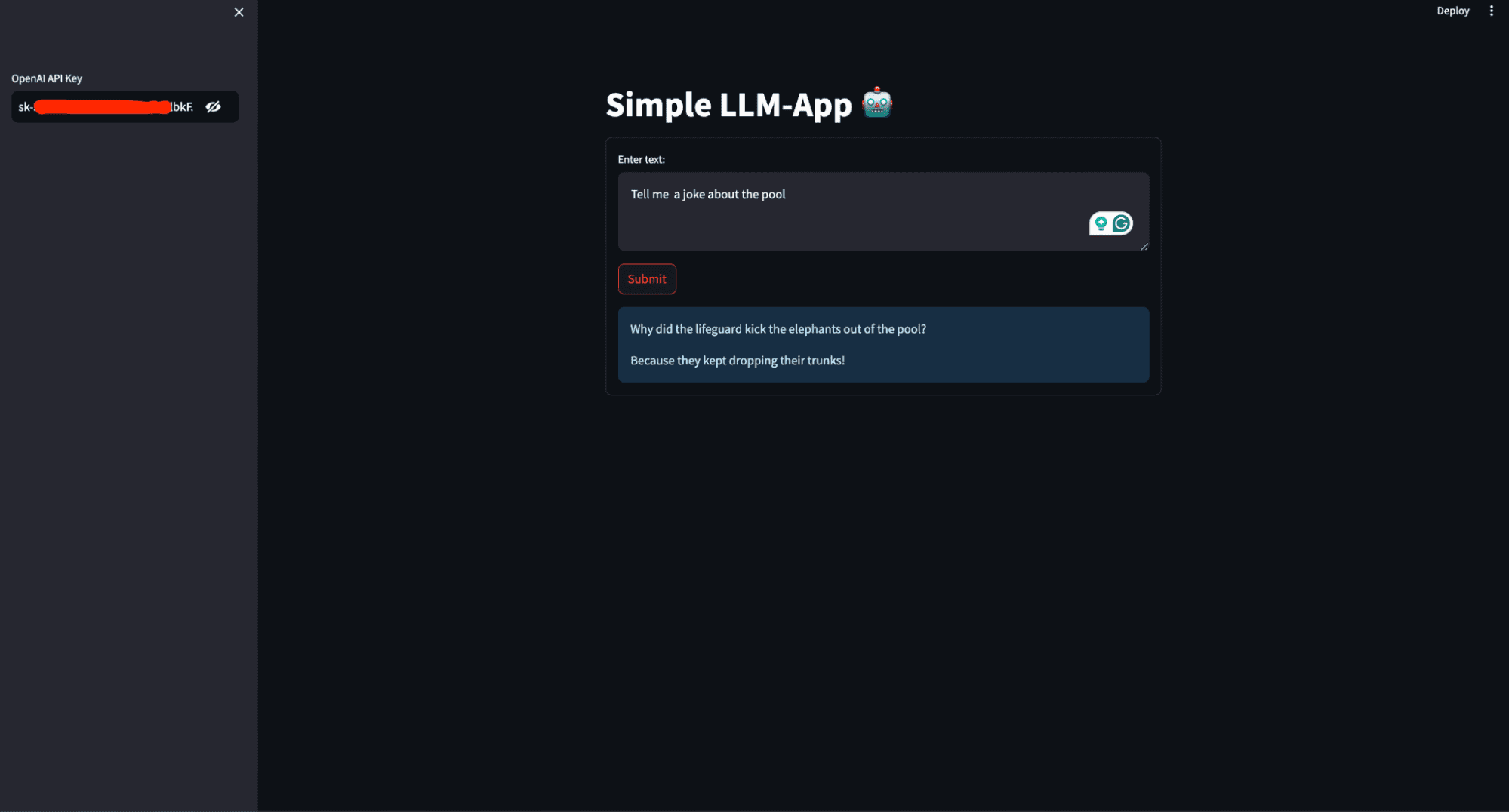From Coding Skills to Cash: How Python Can Transform Your Life
======================================================
I never set out to become a millionaire. Honestly, I was just trying to pay my bills. But life has a funny way of surprising you, especially when you least expect it. I remember the day I stumbled upon Python. It was a hot summer afternoon, and I was sweating in my tiny apartment, staring at my laptop screen, desperate for a breakthrough. My savings were running low, and I needed a solution fast.
“I had a mountain of student debt, no job prospects, and an overwhelming sense of uncertainty.”
But then, something changed. I discovered the power of coding, and my life was never the same. I was sitting in my college dorm, staring at a blinking cursor on my laptop screen. It was an unremarkable Tuesday night, the kind where you can hear your neighbor’s video games through the thin walls, and the scent of instant ramen wafts down the hall. But as I delved deeper into the world of Python, I realized that I had stumbled upon something special.
The Power of Python
Python is more than just a programming language; it’s a key to unlocking a world of possibilities. With Python, you can build anything from simple scripts to complex AI applications. The possibilities are endless, and the best part is that you don’t need to be a seasoned programmer to get started.
“I was able to create a simple AI personal assistant that generates a response based on the user’s prompt and deploys it to access it globally.”
In this article, we’ll explore the world of Python and how it can transform your life. We’ll delve into the world of large language models (LLMs) and show you how to build your own LLM application using Python. By the end of this article, you’ll have a functional AI personal assistant that can understand and respond to user input.
Prerequisites
Before we dive into the world of LLMs, there are a few things you need to have on lock. This includes:
- Python (3.5+)
- OpenAI: OpenAI is a research organization and technology company that aims to ensure artificial general intelligence (AGI) benefits all of humanity. One of its key contributions is the development of advanced LLMs such as GPT-3 and GPT-4. These models can understand and generate human-like text, making them powerful tools for various applications like chatbots, content creation, and more.
- LangChain: LangChain is a framework designed to simplify the development of applications that leverage LLMs. It provides tools and utilities to manage and streamline the various aspects of working with LLMs, making building complex and robust applications easier.
- Streamlit: Streamlit is a powerful and easy-to-use Python library for creating web applications. Streamlit allows you to create interactive web applications using Python alone.
Building the LLM Application
With all the required packages and libraries installed, it’s time to start building the LLM application. Create a requirements.txt in the root directory of your working directory and save the dependencies.
import streamlit as st
from langchain.llms import OpenAI
# Setting the title of the Streamlit application
st.title('Simple LLM-App ')
# Creating a sidebar input widget for the OpenAI API key, input type is password for security
openai_api_key = st.sidebar.text_input('OpenAI API Key', type='password')
# Defining a function to generate a response using the OpenAI language model
def generate_response(input_text):
# Initializing the OpenAI language model with a specified temperature and API key
llm = OpenAI(temperature=0.7, openai_api_key=openai_api_key)
# Displaying the generated response as an informational message in the Streamlit app
st.info(llm(input_text))
# Creating a form in the Streamlit app for user input
with st.form('my_form'):
# Adding a text area for user input
text = st.text_area('Enter text:', '')
# Adding a submit button for the form
submitted = st.form_submit_button('Submit')
# Displaying a warning if the entered API key does not start with 'sk-'
if not openai_api_key.startswith('sk-'):
st.warning('Please enter your OpenAI API key!', icon='')
# If the form is submitted and the API key is valid, generate a response
if submitted and openai_api_key.startswith('sk-'):
generate_response(text)
### Running the Application
The application is ready; you need to execute the application script using the appropriate command for the framework you're using.
### Deploying Your LLM Application
Deploying an LLM app means making it accessible over the internet so others can use and test it without requiring access to your local computer. This is important for collaboration, user feedback, and real-world testing, ensuring the app performs well in diverse environments.

*Building LLM Apps with Python*
### Conclusion
Congratulations! You've taken your first steps in building and deploying a LLM application with Python. Starting from understanding the prerequisites, installing necessary libraries, and writing the core application code, you have now created a functional AI personal assistant. By using Streamlit, you've made your app interactive and easy to use, and by deploying it to the Streamlit Community Cloud, you've made it accessible to users worldwide.

*Streamlit Community Cloud*


 Photo by
Photo by 












